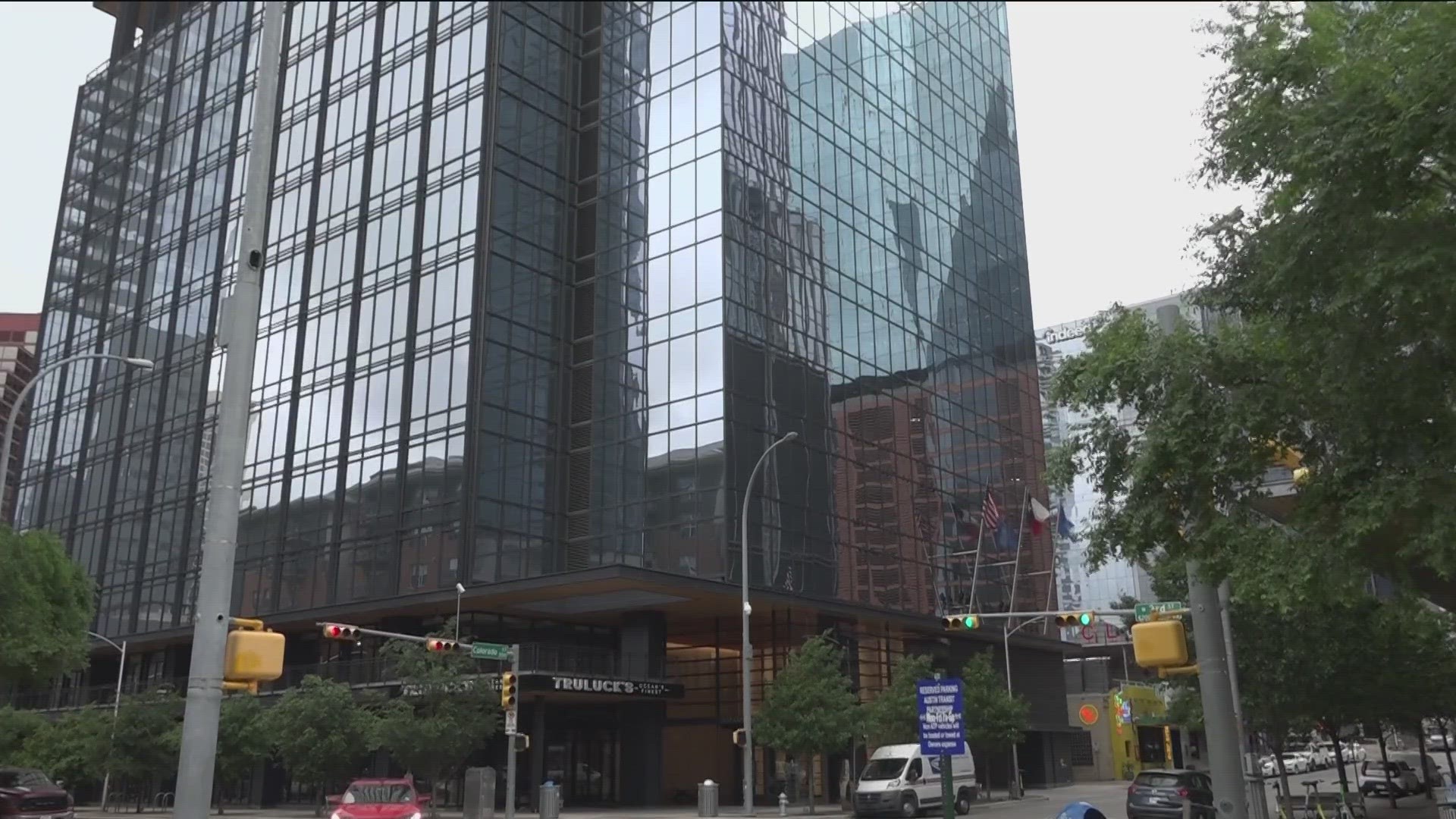AUSTIN, Texas — A study from the University of Toronto showed that Austin’s downtown activity levels are only 53% back to what they were before 2020.
The study tracked phones that are stopped in downtown areas for more than five minutes. The lowest percentage from the study was San Francisco, at 32% percent recovered. Both Austin and San Francisco suffered from tech industries moving to hybrid and remote work during the pandemic.
Karen Chapple, head researcher for the University of Toronto, said the key to downtown activity levels getting back to normal is to have diversified industries.
"If downtowns were diverse there – like San Diego, which has tourism and arts and entertainment and a baseball team and education and health and government all downtown – then you're coming back really fast,” Chapple said.
She said the cities that saw the slowest return to pre-pandemic activity levels were ones that had a heavy focus on one sector.
“If you were overly specialized in tech and professional and service management, management, consulting, those types of things, you're coming back much more slowly,” Chapple said.
However, Downtown Austin is already diversifying.
Jenell Moffett, chief impact officer for the Downtown Austin Alliance, said with Austin’s music, arts and local businesses, there is an opportunity for downtown to come back stronger.
"Being, you know, refocused and recommitted to that industry is just a major opportunity," Moffett said. "It's Austin’s special sauce, and it's worth protecting as we emerge and continue to evolve.”
New data from the Downtown Austin Alliance shows the office vacancy rate for downtown is up to almost 16%. It was around only 4% in 2020.
But even though parts of the tech industry may be moving away from downtown, there is an opportunity for in-person industries to take over.
“While one industry may pivot or do something different, we have the opportunity and the benefit of having different industries respond to that void,” Moffett said.
Moffett said the industries that rely on in-person work downtown – like hospitality, restaurants, health care and construction – will be part of the solution to bringing activity levels back to what they were before.
“We, as a community, should do more to support music, arts, small and local business because those dollars are reinvested back into our community,” Moffett said.
If you would like to know more about the future of Austin’s downtown, the Downtown Austin Alliance will be hosting an event Wednesday, May 17 to highlight findings from their annual "State of Downtown" report and strategic plan.

